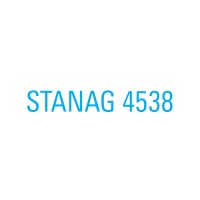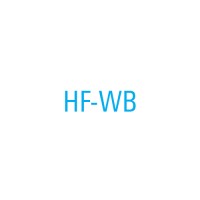ALE 2G/3G - ALE software for automatic link establishment systems
ALE 2G provides support for the FED-STD-1045/1046/1049 and MIL-STD-188-141B App. A+B standards. ALE3G in line with STANAG 4538 offers significant benefits compared to ALE 2G, including considerably faster and more robust link setup, improved automatic channel selection algorithms and embedded data link protocols. In addition, the automatic link maintenance (ALM) functionality is supported.The R&S ALE 3G built-in xDL data link protocols are low-latency data link protocol (LDL) and high-throughput data link protocol (HDL).
- LDL for small datagrams in all channel conditions: approx.300 bit/s
- HDL for large datagrams in medium to good channel conditions: approx. 3400 bit/s









